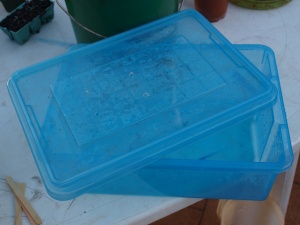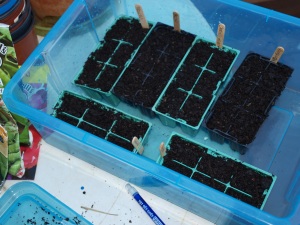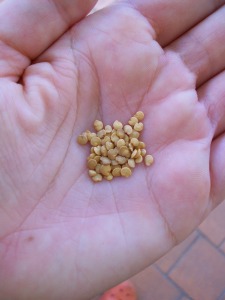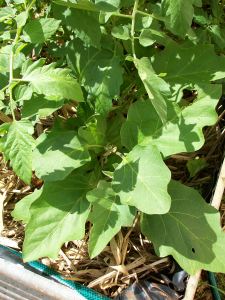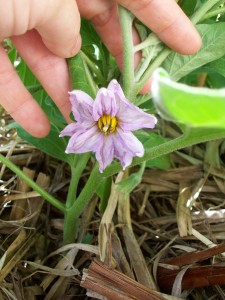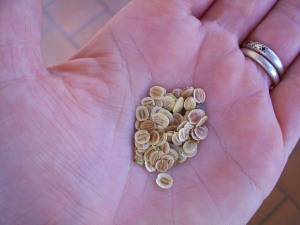BEETROOTS Beta vulgaris
requested by Chris at Bushland Project
Family Chenopediaceae
Relatives – Spinach, silverbeet, chards
Seed to Harvest: 8 – 12 weeks
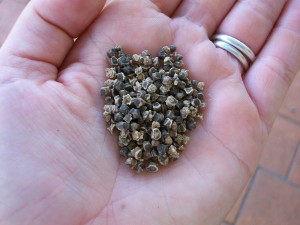
Beetroot seeds are small capsules containing several seeds, like chards and beets who are of the same family. Seeds can remain viable for 4-5 years when they are stored in cool, dry conditions.
Before sowing seeds soak them in warm to tepid water for several hours. This insures the seeds are moist and will increase the rate and success of germination. Planting guides recommend planting beets 10 to 15cm apart and 20 cm between rows. Most gardeners do not have a lot of room for farm style row growing, I certainly do not. So I sow my beet seeds roughly 10cm x 10cm apart. (I would sow them further say 15cm if you want to harvest big beetroots)
Every 3 weeks sow another batch of seeds for a continual harvest but do not sow seed in the hottest part of summer. For a full season of planting directly sow seeds 3 weeks before the last frost is expected and 8 weeks before the last frost is expected. If you are worried about frosts, beetroots can be sown in trays, but do not let them become too big as they will not handle the transplant as well as they would if they were smaller.
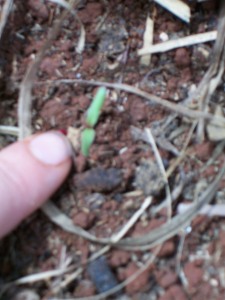 As each seed contains several plants they will need to be thinned. Either cut off the weaker looking shoots when they reach 2-3cm tall or if you have the patience gently dig out the unwanted seedlings and transplant them.
As each seed contains several plants they will need to be thinned. Either cut off the weaker looking shoots when they reach 2-3cm tall or if you have the patience gently dig out the unwanted seedlings and transplant them.
Beetroots are not as susceptible to forking as other root crops, such as carrots, however they will spilt and crack if they are irregularly watered. They grow best when the soil is constantly moist.
When preparing the soil for planting, manure can be used to condition the soil, but an excess of nitrogen will create big tops and no roots.
As the beetroots develop they tend to force themselves out of the ground, to protect them hill the soil gently around the ‘root.’
Plants are best harvested when they the size of a golf ball. At this size they are sweet and juicy. Try not to let beetroot become bigger than 10cm in diameter. They will be tough and fibrous.
The leaves can be harvested for salads also. It is important not to take more than 2 or 3 leaves from each plant at one time as it will defoliate the plant.
If there is any other vegetables you are interested in finding out about please leave a comment below.
Coming up tomorrow Parsnip




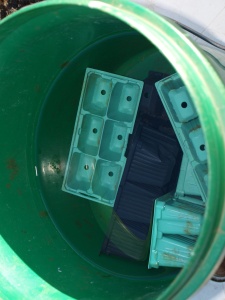 The next step is to soak your trays/ punnets and any tools you my need too. This too will kill any ‘badies’ that maybe on the containers. I use a weak bleach solution (10-20ml to 5+L water) and immerse the trays overnight. I have read of
The next step is to soak your trays/ punnets and any tools you my need too. This too will kill any ‘badies’ that maybe on the containers. I use a weak bleach solution (10-20ml to 5+L water) and immerse the trays overnight. I have read of 